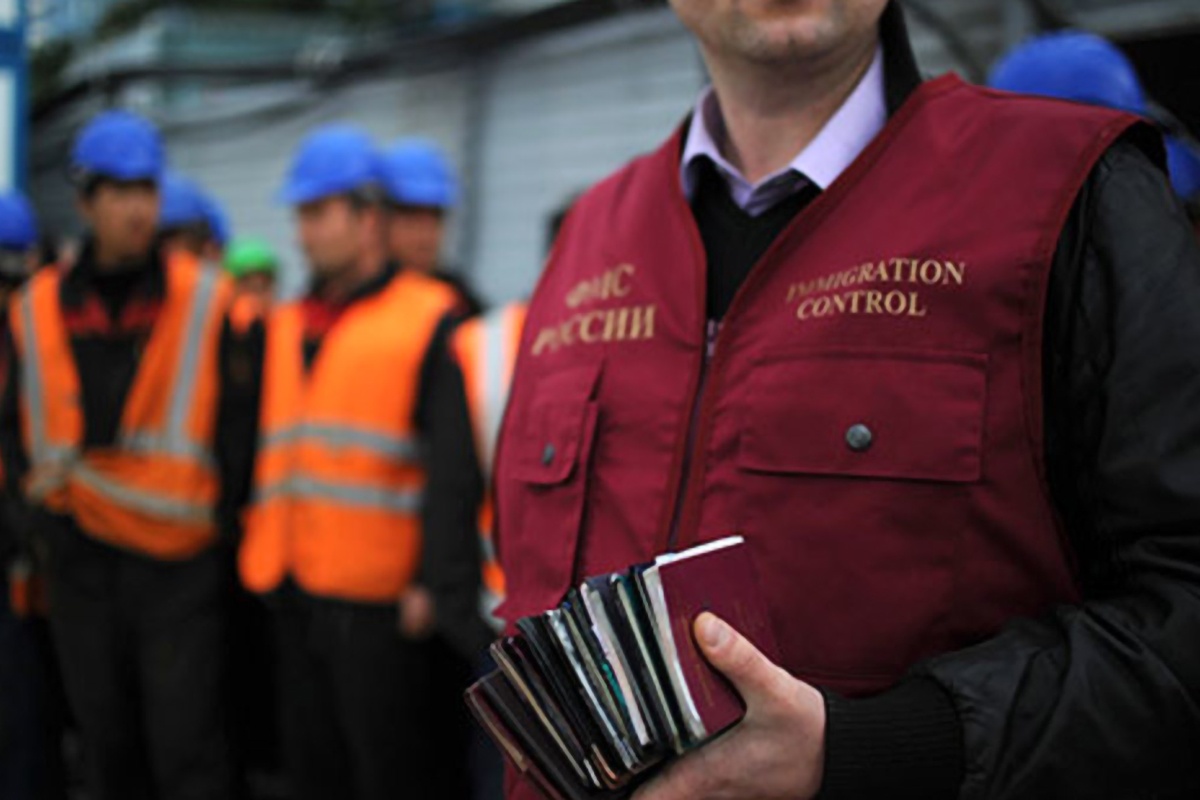Border guards cut off those who are prohibited from entering the country.
At the migration checkpoint, visitors are checked not only against the database and documents, but also by their fingerprints. The reason for this is that there are often cases when a person who was expelled from Russia for violating the laws or committing a crime, changes his passport and tries to return again under a new name. Therefore, the fingerprints of people crossing the Russian border must be checked. If they match with those stored in the database of the Federal Migration Service, this means that the deception with a new passport failed.
«Can you imagine how many people are prohibited from entering the country? But you need to work, you need to feed your family, and so on. That’s why they go for it! We have detected more than 50 people who have changed their passport data. For some of them, a decision about deportation has already been made. Some of them are persuaded to buy tickets and fly away,» says Irina Chistyakova, deputy head of the Department for readmission and deportation of foreign citizens of the Federal Migration Service for St. Petersburg and the Leningrad Region.
Fingerprint identification is carried out by means of PAPILLON Express ID Check terminals.
As soon as the citizens of the Central Asian republics are checked by 4 parameters – fingerprints, availability of medical insurance, labor and stay permits, they are admitted to the territory of the Russian Federation.
Source: Channel 1
Related Posts

10.05.2015
Choosing a system for electronic fingerprinting
05.05.2016
PAPILLON AFIS helped the Belgrade Police solve high-profile murders committed 15 and 20 years ago
27.07.2016
High-quality Fingerprint Images for e-Passports of the Military
23.06.2014
BS-16 has successfully gained European certification
25.03.2013
PAPILLON helps to unravel the cunning plan of the killer
16.02.2013
Results of AFIS-MVD operation in 2012